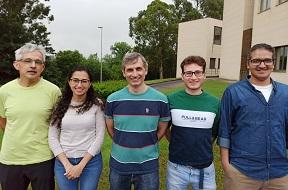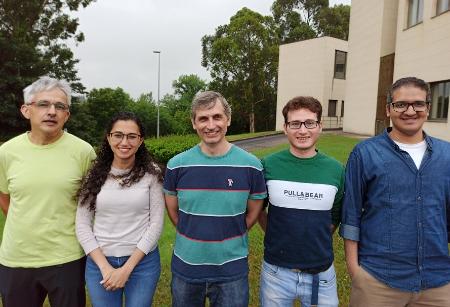The Electric Drive and Power Converter Research Group is undertaking this technological innovation work in collaboration with the company Ingeteam Power Technology
The University of Oviedo has established a collaboration agreement between the Electric Drive and Power Converter Research Group and INGETEAM, an international technological group specialising in electricity conversion and with a significant presence in the market for railway electrical traction. The project's main objective is to optimise high-speed train traction systems, in order to make them more efficient, reliable, compact and economical. The work, led by Professor Fernando Briz, covers the two main stages of the electric traction system: the first takes electrical power from the catenary (overhead power cables), and the second converts electrical power into mechanical energy and transfers it to the wheels of the train.
The electric traction system is hugely complex due to several factors. It often has to be designed to be able to operate with catenaries of very different electrical specifications and subject to disturbances (for example, the presence of other trains). Also, the low adherence between the rail and the wheel, together with the high speed and varying track conditions, can lead to undesirable phenomena such as loss of traction or braking capacity.
Within the drive system, electronic power converters play an essential role, which is one of the research group's specialisation areas. The design and control of these converters is one of the critical aspects for the train's correct operation.
The results achieved with this study will be applied in principle to newly developed trains, although they could also be useful for introducing improvements to existing trains.




